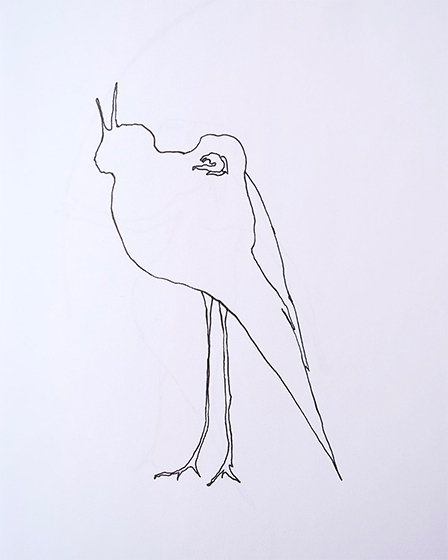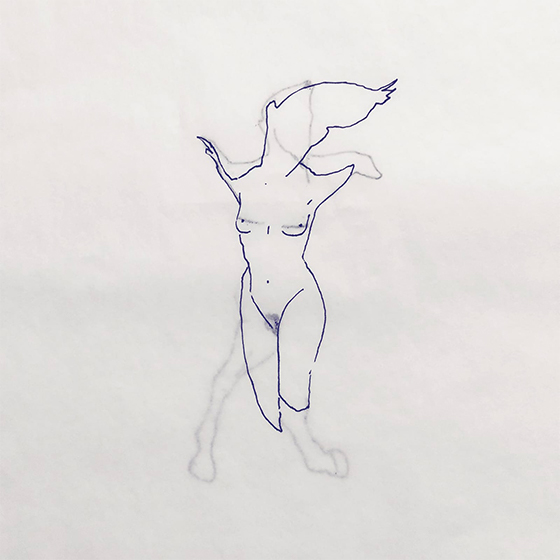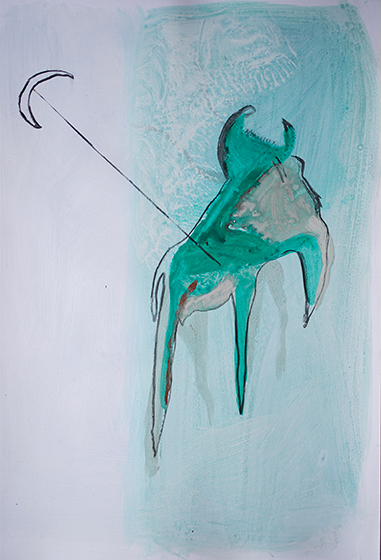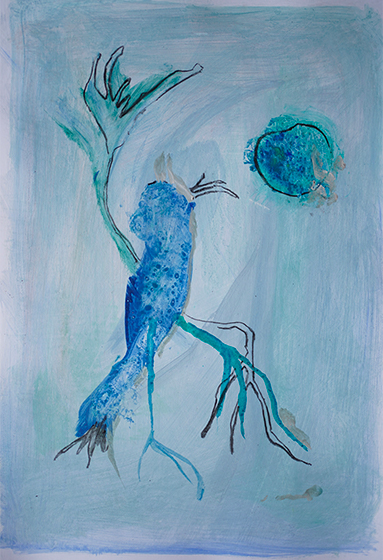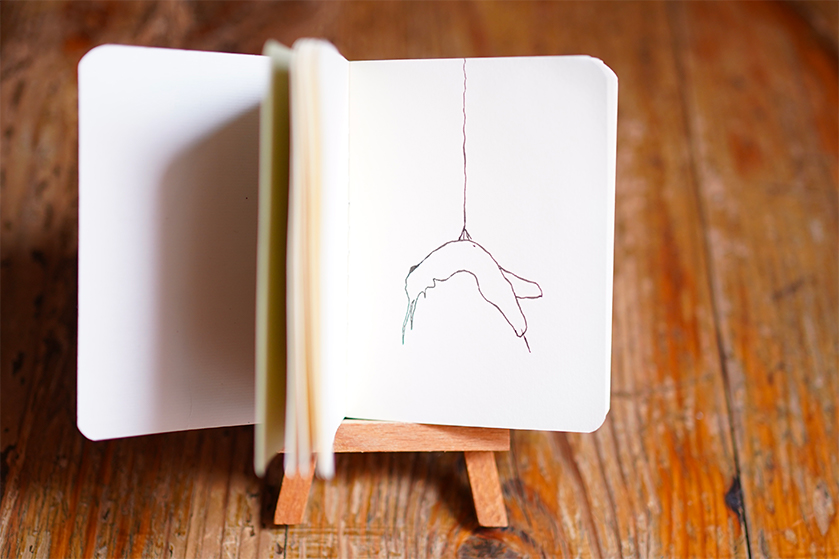2023
Autoritratti - Self-portraits 23
"This envelope that reproduces itself
in continuous transformation
this body that falls ill
grows
gets pleasure
grows old
bleeds.
This sack that belongs to us.
You are born in it
it tears
while you are still in it.
How hard this burden
that I did not choose."
Anahi Mariotti
We did not choose the body we inhabit, we end up in it when we are born and from that moment on it is the filter through which we come into contact with the world. The body is the means by which we discover the “other from us” and by which people recognise us. Depending on the body we embody, the system in which we live acts pressures and oppressions to varying degrees to create a hierarchy of privilege, whereby being in a white, able-bodied, cisgender, heterosexual, middle-class, thin, healthy adult and possibly in a monogamous romantic relationship with a white, able-bodied, hetero-cisgender, middle-class, thin, healthy, adult and fertile woman entails having the best chance of living a peaceful life and exercising power and desire.
Those who do not belong to the norm above mentioned face possible discrimination and violence or simply do not have access to power, here understood as the ability to do.
The body, like the territory as a primary resource subject to patriarchal and capitalist exploitation (Federici, 2018), is the field on which power is exercised. And overturning the dynamics of oppression requires to know and recognise oppressions intersectionally (Crenshaw, 1989).
Recognising that we experience oppression does not exempt us from having to recognise that we also experience certain privileges, then deconstruct them in order to look at the other, recognise and support them.
Moreover, living an oppression does not only mean being subjected to more fatigue, pain or injustice, but also having enormous transformative potential; at the margins one resists, from the margins one changes everything.
"I am located in the margin. I make a definite distinction between that marginality which is imposed by oppressive structures and that marginality one chooses as a site of resistance – as location of radical openness. (...) We are transformed, individually, collectively, as we make radical creative space which affirms and sustain our subjectivity, which gives us a new location from which to articulate our sense of the world." (bell hooks, 2020)
With Autoritratti 23, an ongoing project, an attempt is made to feel and express the perception of the body in relation to the dynamics arising from the encounter with the outside world. Body changes, dysphorias, feelings of otherness, monstrosity. The drawings borrow fragments from the animal world, interchanging organs, arms, tails, claws and legs but always maintaining a harmony of bodies. The artist tries to make peace with the body, narrating it and experimenting with hybrid and magical representations of the self.
Quill. Ink. Acrylic on paper. Handmade notebooks.
